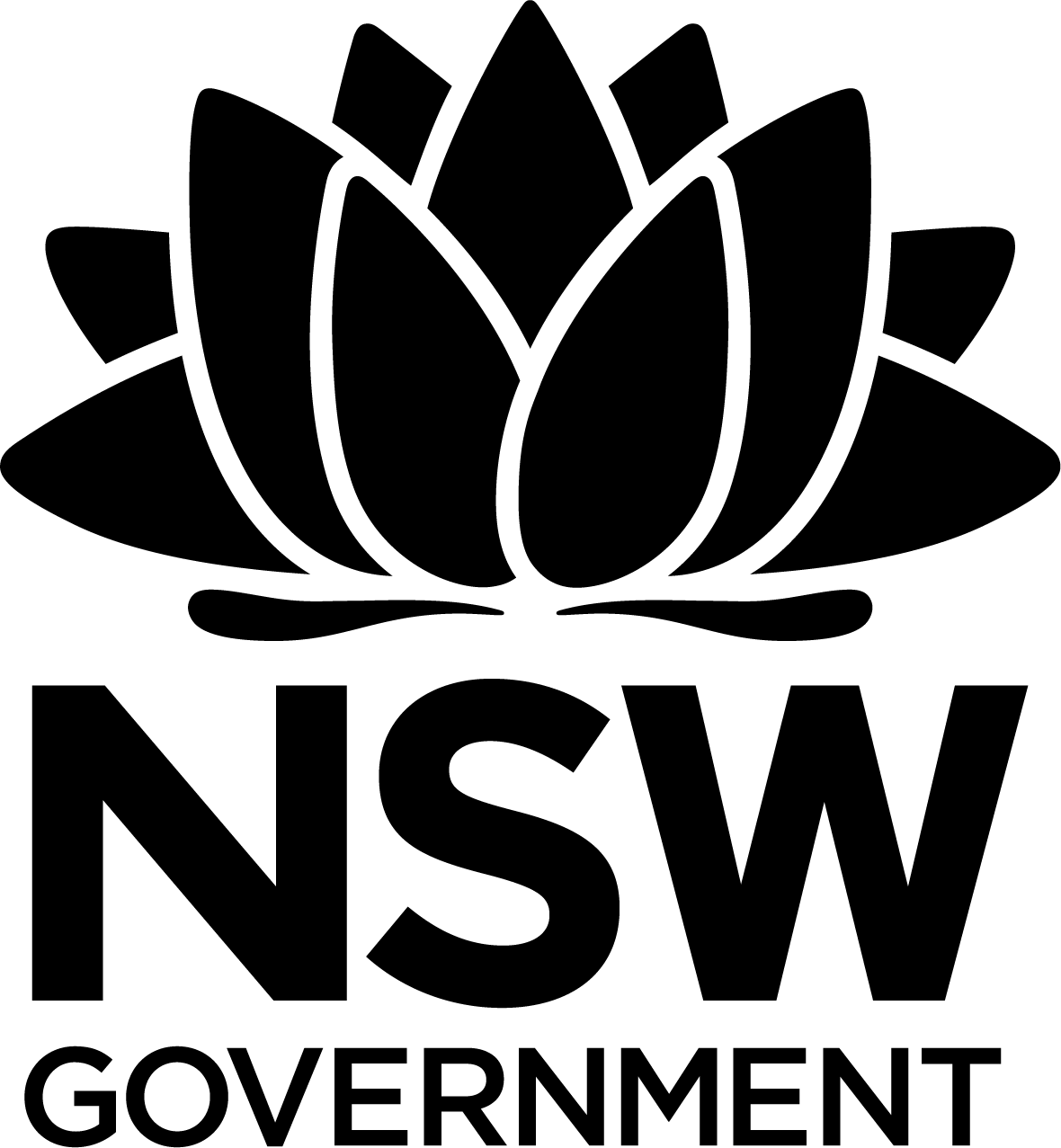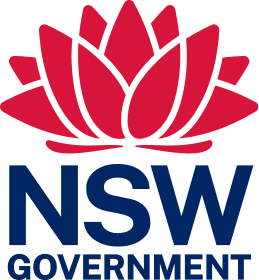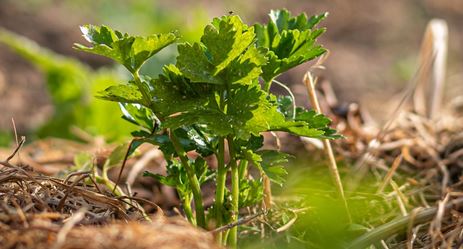
Crown land manager resource
Managing assets and heritage
Crown land is a valuable public asset that provides social, environmental and economic benefits to NSW. Buildings, infrastructure and other assets on Crown reserves need to be closely managed to ensure these public places are safe and fit for purpose.
This section provides guidance on asset management and heritage considerations.
Asset register
As a CLM you are required to keep a register of structures, facilities, and other assets – including the land itself – that records the value and condition of all the assets.
For more information on keeping an asset register refer to Finance Activities - Getting started.
Maintenance plans and inspections
Keeping buildings and structures in good condition is important to extending the life of the facility, without the need for costly and time-consuming rebuilding. CLMs should develop a systematic approach to maintenance as part of the effective management of buildings, assets and infrastructure. The approach should consist of routine maintenance and regular inspections, which in turn should incorporate condition assessments to identify maintenance needs.
A systematic approach to maintenance
Maintenance plans
The CLM should develop written maintenance plans specific to its reserve, to assist in the scheduling of routine inspections and maintenance.
The plan should:
- specify how often to inspect the infrastructure and potentially hazardous natural features (such as waterways and trees over picnic or parking areas)
- include an ongoing record of inspections with dates. If there is litigation, this record can be produced in court to substantiate that care has been taken
- observe environmental protection principles to conserve natural resources (including water, soil, flora, fauna, and scenic quality). Refer to Environmental management for more detail
- be clear, simple and provide a straightforward process to be followed. This will ensure it is easily understood by all users, including volunteers who might be new to the process. It might be useful to develop a standard maintenance and inspection form
- cover all premises, fittings and plant that must be kept in sound condition
- outline roles and responsibilities for people performing maintenance tasks
- outline that all reasonable precautions should be taken to prevent both bodily injury and damage to property CLMs and their workers must comply with the statutory obligations and regulations imposed for the safety of people or property. Specifically, the CLM and their workers must observe the requirements of the Work Health and Safety Act 2011, to protect the welfare of employees and visitors.
Routine maintenance and inspections
CLMs must undertake regular inspections of the reserve, facilities and equipment to ensure there are no safety hazards. Key considerations include:
- all assets, buildings and infrastructure will require some inspections and maintenance. For example, it may be necessary to inspect the quality of play equipment, safety of built structures, access arrangements, etc.
- frequency of inspections will depend on the type of assets and infrastructure. For example, high-risk infrastructure such as gas barbeques may require monthly inspections, whereas picnic tables or footpaths may only require six-monthly inspections
- where there is doubt about the safety of facilities or equipment, remedial action should be taken. This might include removing equipment or prohibiting use or access through signs, barriers or fences
- the fact that the key maintenance requirements will include mowing, weed removal, irrigation, building/equipment repairs, painting, rubbish collection, and addressing damaging acts like vandalism.
Assessment of condition
Part of the routine maintenance and inspection process is assessment of the current condition of land, infrastructure and facilities. CLMs should maintain written records of the ongoing conditions over time. The department recommends that a standard condition rating (shown in the table below) to be used to inform assessments.
| Level | Condition | Condition level description |
| C1 | Very good | No defects identified. No evidence of deterioration of discolouration. All components operable, well maintained and clean. Well secured. |
| C2 | Good | Generally good condition but shows signs of wear and tear. Some minor defects. |
| C3 | Moderate | Shows signs of surface deterioration, missing components or minor material breakdown. |
| C4 | Poor | Shows signs of major surface or structural deterioration. Below quality. Severe defects, which require urgent response to rectify. |
| C5 | Very poor | Complete renovation/overhaul/replacement needed. |
Other considerations include the following:
- The assessment may describe major changes to vegetation, landscape and land, as well as to physical assets such as buildings and infrastructure.
- Changes in the condition of the land and assets can then be related to management practices. The condition assessment will reflect the rate of asset deterioration or improvement from maintenance practices, helping the CLM to track the value of assets for its asset register.
- Condition assessments are also important for workplace health and safety management, in ensuring that machinery and assets are adequately maintained and operating safely.
- Installation and maintenance of smoke alarms in moveable dwellings as required by the Environmental Planning and Assessment Regulation 2000.
Identifying maintenance needs
Routine maintenance, inspections and condition assessments will produce the information necessary to identify the maintenance needs of the reserve. Key considerations include the following:
- Inspections of the land will reveal areas that require immediate action to maintain safe standards.
- The condition assessment will highlight aspects of buildings, assets and infrastructure which could be improved by major maintenance projects, and identify opportunities for more efficient grouped and precautionary maintenance.
- Both the inspections and the condition assessment will indicate the necessary level of routine maintenance required to sustain resources.
- As the specific maintenance needs are identified, detailed plans of these needs should be developed and incorporated into the maintenance plans. These should include specifications of the maintenance needs, how they are to be realised, funding requirements, expected benefits, anticipated timeframes, etc.
For example it may be identified that the reserve’s access road requires annual maintenance to prevent substantial deterioration. Based on past experience of maintaining the road, the reserve CLM could develop a plan that includes estimates of cost, how long access will be blocked during the maintenance repairs, and how the maintenance is most efficiently completed, i.e. use of specific contractors, donated labour, etc.
Fire management
CLMs may have additional fire obligations for their buildings and other operations imposed by the Local Government Act 1993 and the Local Government (General) Regulation 2005.
All fire protection systems (e.g. hydrants, hoses, extinguishers, smoke alarms and fire doors) must comply with Australian Standards and be operative at all times. These fire protection systems must be regularly inspected and serviced as per the Australian Standards.
Evacuation procedures must be developed, in place, and communicated to staff, any reserve residents and visitors.
In accordance with the Crown Land Management Regulation 2018, all non-council CLMs are required to keep records of details of fire prevention. These records then also assist in providing information for the annual report to the Minister.
What you must not do
It is an offence to:
- conceal a fire hydrant or a fire hydrant indicator
- damage fire brigade equipment
- tamper with an alarm or give a false alarm
- obstruct a fire fighter.
Protection of assets and people on site from fire must be a high priority for all CLMs. More information on fire management is in the risk management health and safety and funding section.
Caravan parks
Caravan park managers are to ensure all caravan and campsites have appropriate separation to prevent ignition from each other. The local fire authority or council should be able to provide advice on this.
An invitation should be given to the local fire authority to visit the caravan park on a regular basis so that they can become familiar with the layout of the park as well as the location and type of fire hydrants.
The Local Government (Manufactured Home Estates, Caravan Parks, Camping Grounds and Moveable Dwellings) Regulation 2021 requires that hydrants and hose reels must be provided at caravan parks and many camping areas. You must comply with this Regulation at all times.
The Environmental Planning and Assessment Regulation 2000 requires smoke alarms to be installed in all existing and new moveable dwellings. Moveable dwelling include:
- caravans, motor homes, campervans, holiday vans
- buses and other vehicles converted to provide sleeping accommodation, regardless of whether they are registered for road use or not
- annexes and associated structures made of non-flexible material (not tents).
Caravan park managers are required to ensure that all moveable dwellings made available for human occupation are fitted with appropriate smoke alarms.
Heritage/cultural values
The CLM is responsible for protecting and preserving aspects of heritage or cultural value on the reserve. Such resources may include buildings, works, relics, or other matters of Aboriginal or non-Aboriginal historic, scientific, social, archaeological, architectural, natural or aesthetic significance.
See the Aboriginal interests section for guidance on Aboriginal cultural and heritage values.
There are a number of local, state and federal statutory controls that may apply, and measures that can be invoked to protect cultural and natural heritage features and places. These include:
- Environmental Planning and Assessment Act 1979 – this Act enables heritage items, such as buildings, structures, landscape items or places known as ‘conservation areas’, to be listed in an LEP or a SEPP. Particular controls then apply to listed heritage items. The ‘exempt development’ provisions often do not apply, and development proposals may require submission of a heritage impact statement as part of a development application. Contact the local council for more information.
- Heritage Act 1977 – this Act focuses on items that have state heritage significance. These are listed on the State Heritage Register administered by the department. An application to carry out works affecting an item on the State Heritage Register will generally require separate approval under the Heritage Act (though it can be combined with a development application as ‘integrated development’).
- Environment Protection and Biodiversity Conservation Act 1999 – this Commonwealth Act protects Australia’s National Estate, which consists of places of aesthetic, historic, scientific or social significance owned by the Commonwealth or that have heritage value to the nation. These items are listed on the Australian Heritage Database, administered by the Commonwealth Department of the Environment and Energy. An approval under the Act may be required if a proposal is likely to have a significant effect on a listed item.
If there is any doubt about whether any of the following legislation applies, contact the department for advice.
Heritage identification on reserves
CLMs should seek expert advice on the level of heritage significance for any item or feature on their reserve. A good source of information is the local council. Many councils in NSW have a free or low cost heritage advisory service. The heritage advisor can give expert advice on:
- how to look after heritage assets
- how to incorporate change, e.g. wheelchair access and fire protection
- work that does not require formal council approval (some conservation work, such as repairs and repainting does not require approval)
- funding sources, including funding through the local council itself
CLM requirements
- CLMs should allow general public access to items of environmental heritage located on their reserve
- CLMs should not, or allow others to, damage, destroy, display a notice or advertisement on, or remove vegetation from a heritage object or heritage area without first obtaining necessary approval under the Environmental Planning and Assessment Act 1979 and/or under the Heritage Act 1977.
- CLMs are required to keep a register of environmental heritage items on their reserve land, and also to report on heritage items in their annual report to the minister.
- seek required approvals to carry out works on cultural and heritage items and maintain a minimum level of repair and maintenance to prevent their degradation.
This Crown land manager web resource was printed on 27 Jul 2024. The information contained in this web resource is based on knowledge and understanding at the time of writing Jul 2024. However, because of advances in knowledge, users are reminded of the need to ensure that the information upon which they rely is up to date and to check the currency of the information by referring to the website (www.reservemanager.nsw.gov.au).
© State of New South Wales through Department of Planning, Industry & Environment 2024.
Page link: https://reservemanager.crownland.nsw.gov.au/land-management/managing-assets-and-heritage


